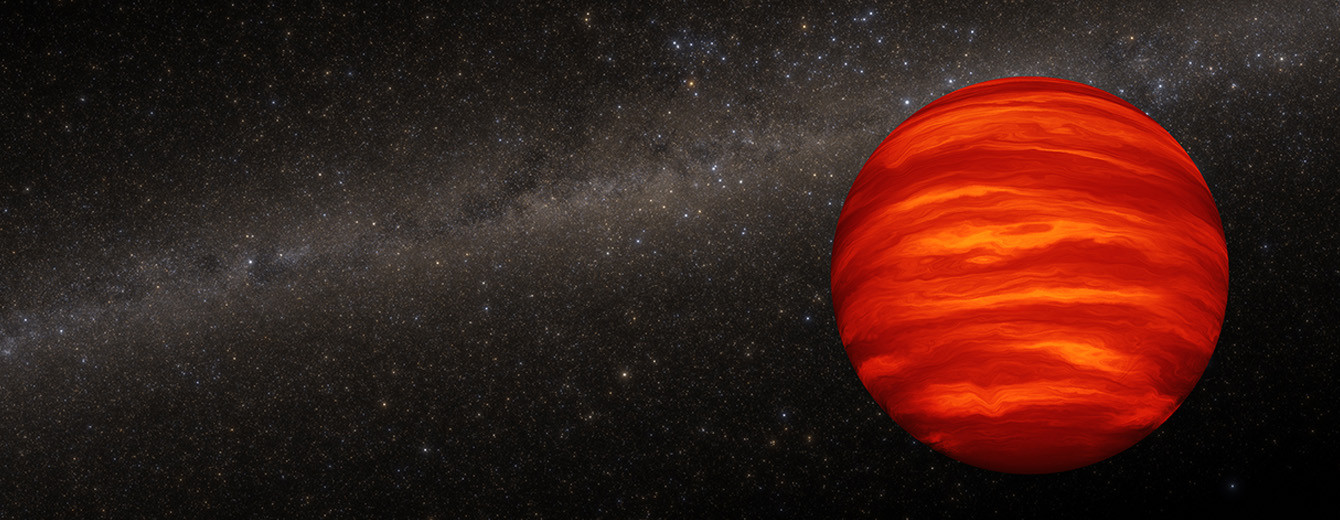Fraser Cain on Nostr: Brown dwarfs are partway between the mass of the smallest star and the largest ...
Brown dwarfs are partway between the mass of the smallest star and the largest planet, unable to fuse anything but deuterium in their cores. As with stars, brown dwarfs have been found in binary pairs, but new research shows they drift apart as they age. The Hubble Space Telescope was used to survey brown dwarfs and found that the older a brown dwarf is, the less likely it will have a companion.
https://hubblesite.org/contents/news-releases/2024/news-2024-005 
Published at
2024-03-22 18:02:03Event JSON
{
"id": "28a817263e43cb245556e0f5c41173177a5c6aae9c5051dcdeee8efeb824aac2",
"pubkey": "ac844e7de79ee4ba0cc0999efe9afb25cc9bd99ba0b5957cf0fd406fcabaf11a",
"created_at": 1711130523,
"kind": 1,
"tags": [
[
"proxy",
"https://m.universetoday.com/users/fraser/statuses/112140649964526090",
"activitypub"
]
],
"content": "Brown dwarfs are partway between the mass of the smallest star and the largest planet, unable to fuse anything but deuterium in their cores. As with stars, brown dwarfs have been found in binary pairs, but new research shows they drift apart as they age. The Hubble Space Telescope was used to survey brown dwarfs and found that the older a brown dwarf is, the less likely it will have a companion.\n\nhttps://hubblesite.org/contents/news-releases/2024/news-2024-005\n\nhttps://m.universetoday.com/system/media_attachments/files/112/140/649/955/931/900/original/9d6f91688a9db17f.jpg",
"sig": "2686abf615897f938ed0b7cc326c4b5429bed2937438efbc02bf08dee47e565d2da4ead971eaf187e89777c3748b09d4ea6a248f982abf9e923f5e59fabc4d1c"
}

